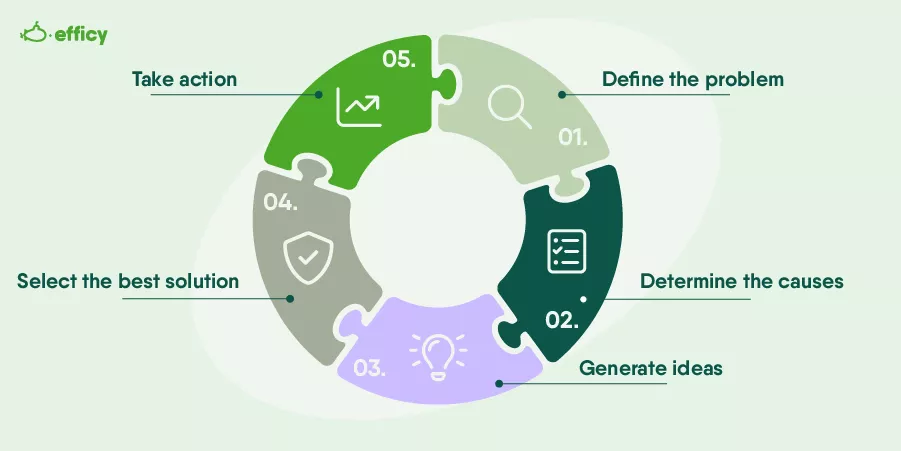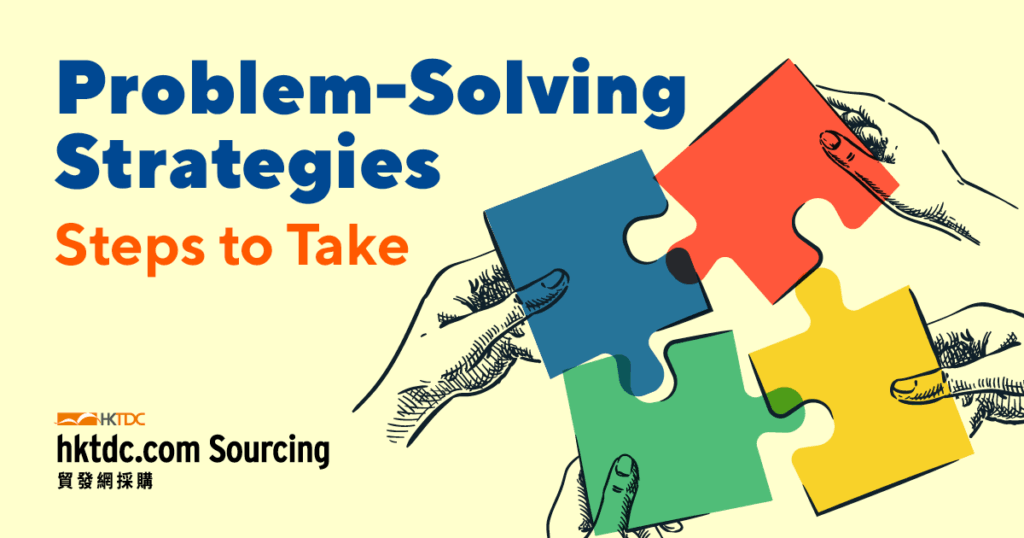Out of the many hats project managers are expected to wear, the ability to problem-solve ranks high to ensure project success. From foreseeing potential roadblocks to finding solutions to mitigate them, project managers must have the right problem solving know-how to reach successful outcomes.
What is Problem Solving?
In simple terms, problem solving involves noticing the parts of a project that need work and fixing them.
From miscommunications to scope creep, teamwork alignment issues, ever-shifting project objectives, or even struggles like finding the right tools, these issues could sabotage your journey to execution.
But depending on how you see it, these roadblocks are not just inconvenient bumps on the roads or minor setbacks.
Done right, problems can also be harnessed for new opportunities, with each setback leading to new possibilities that ride on the back of a strategy that’s now battle-tested and fail-proof.
Ultimately, problem solving is vital for project managers looking to navigate project complexities, overcome obstacles, make effective decisions, manage risks, and achieve successful project outcomes.
With this, project managers can lead their teams, engage stakeholders and get approval, and adapt to change while keeping projects on track and within the defined parameters.
Problem Solving Techniques & Steps
These tips provide a structured approach to understanding, analysing, and resolving problems that arise during project execution.
Here’s how you can walk the smooth road from problem diagnosis to analysis and resolution:

1. Define the problem
The first stage of problem-solving is knowing the problem you’re working on. Here, you’ll need to understand the problem and its impact on your project.
This holistic view helps you be clear on what specific goal needs to be achieved.
2. Determine the causes
Let’s say you’re two steps from where you want to be. The problem is the obstacle keeping you from closing those steps.
Usually, organisations use tools like brainstorming, SWOT analysis, Pareto Analysis, or a fishbone (Ishikawa) diagram to determine the root cause of a problem.
Identifying the cause is crucial because it helps you focus on the target. This way, you’re fixing the root of the sickness itself — not just the symptoms.

3. Generate ideas
After describing the issue and identifying its root causes, the next step is to design potential solutions.
You can develop solutions by brainstorming with the team and stakeholders and maintaining a solid understanding of best practices.
Mind mapping and data analysis are also techniques for tackling problems. The best approach will achieve the desired result with minimal negative impacts.
You can use trade-off analysis to compare solutions and determine the best approach for your issue.
4. Select the best solution
To come up with the best solution, a problem-solving tool can help.
For instance, if the issue is a customer complaint relating to delay, you can gain an overview of the full customer context through a Customer Relationship Management (CRM) tool to speedrun the solution.
A CRM can be a true side-sick for project managers to gain the project, business, and customer insights necessary to target specific concerns and free up bottlenecks.
5. Take action
It’s time to act after choosing which option you’ll use. Making a strategy plan and treating it as a mini-project is a smart idea if the answer calls for multiple steps or the participation of other people.
Proactively tackle the problem head-on, making informed decisions and taking the necessary steps to address the issue promptly.
And don’t forget to regularly monitor the progress of the actions taken. Make adjustments as needed and maintain open lines of communication with all stakeholders so your progress aligns with the desired outcome.
This article is originally published by Efficy:
Efficy is a leading European Customer Relationship Management (CRM) solution that offers businesses of all sizes a complete, flexible, customizable, and scalable software platform. With products for marketing automation, sales, project management, customer service, and customer nurturing, Efficy provides a comprehensive solution to support business growth. Currently, the platform is used by over 300,000 users from 60 countries. Headquartered in Brussels and with more than 500 employees working in local offices across Europe and Hong Kong, Efficy’s mission is to help companies transform customer data into valuable insights while simplifying their employees’ work. Whether on-site or remote, Efficy is committed to contributing to the success of every company.







